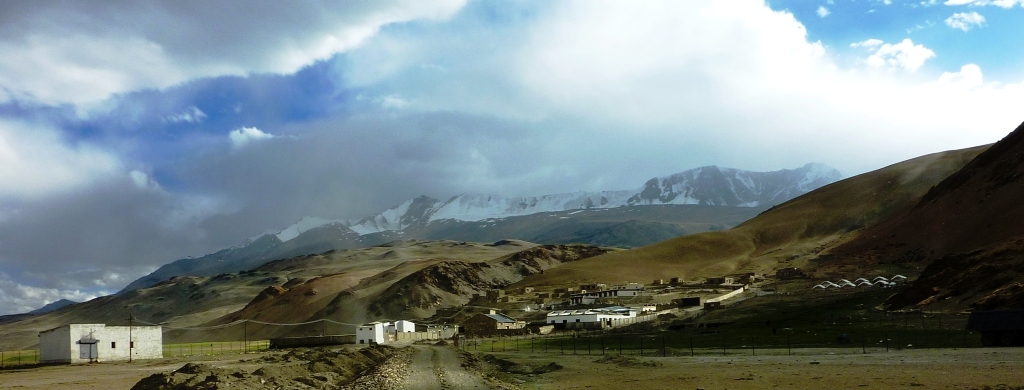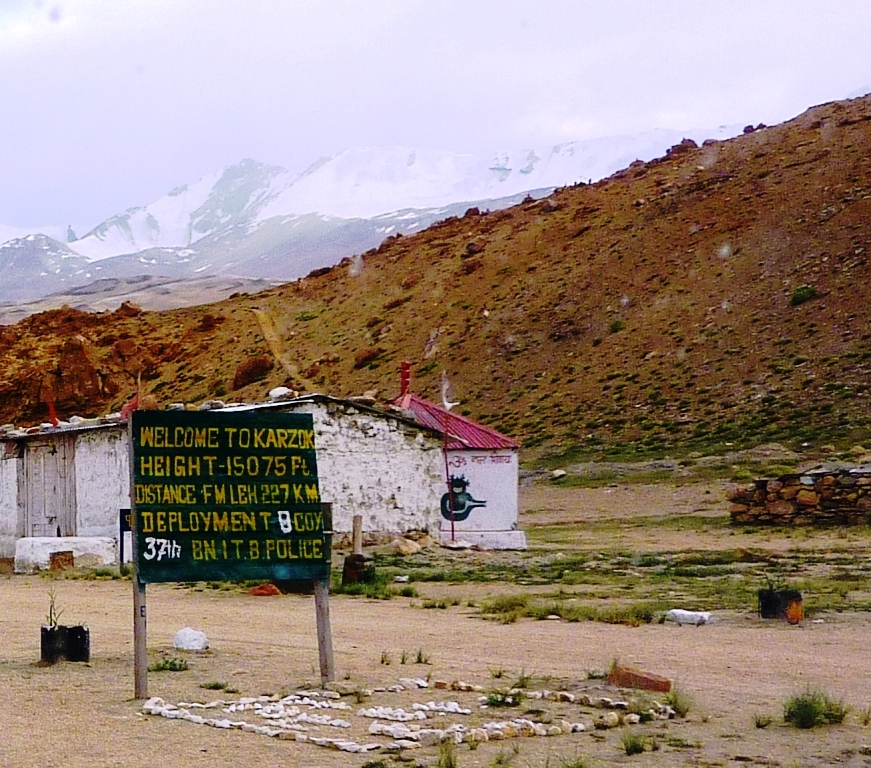Korzok on:
[Wikipedia]
[Google]
[Amazon]
Karzok or Korzok is a village in the
Leh district
Leh district is a district in the union territory of Ladakh, India. With an area of 45,110 ''km'2'', it is the second largest district in the country smaller only to Kutch. It is bounded on the north by Gilgit-Baltistan's Kharmang and Gh ...
of Ladakh
Ladakh () is a region administered by India as a union territory which constitutes a part of the larger Kashmir region and has been the subject of dispute between India, Pakistan, and China since 1947. (subscription required) Quote: "Jammu a ...
, India
India, officially the Republic of India (Hindi: ), is a country in South Asia. It is the List of countries and dependencies by area, seventh-largest country by area, the List of countries and dependencies by population, second-most populous ...
. It is located close to Nyoma
Nyoma is a principal village of southern Ladakh in India, the headquarters of an eponymous subdivision, tehsil and community development block in the Leh district.Rupshu region and
 According to the
According to the 
block
Block or blocked may refer to:
Arts, entertainment and media Broadcasting
* Block programming, the result of a programming strategy in broadcasting
* W242BX, a radio station licensed to Greenville, South Carolina, United States known as ''96.3 ...
, on the shores of the Tso Moriri lake. It is among the highest towns in the world and the highest settlement in India. Various sources give slightly different measurements of the altitude from 14,995 ft (4,570 m) to 15,075 ft (4,595 m) above sea level. The Drukpa Buddhist
Buddhism ( , ), also known as Buddha Dharma and Dharmavinaya (), is an Indian religion or philosophical tradition based on teachings attributed to the Buddha. It originated in northern India as a -movement in the 5th century BCE, and ...
Korzok Monastery is located here.
History
Karzok was on theCentral Asia
Central Asia, also known as Middle Asia, is a region of Asia that stretches from the Caspian Sea in the west to western China and Mongolia in the east, and from Afghanistan and Iran in the south to Russia in the north. It includes the fo ...
n trade route until 1947 and was the headquarters of the Rupshu Valley. One of the kings, Rupshu Goba, who lived there with his family, built nine permanent houses there.
The village has several houses, and the nomadic population who establish their tents (made of yak
The domestic yak (''Bos grunniens''), also known as the Tartary ox, grunting ox or hairy cattle, is a species of long-haired domesticated cattle found throughout the Himalayan region of the Indian subcontinent, the Tibetan Plateau, Kachin S ...
hair or skin) in summer, add to the agricultural operations in the region. The tents are provided with vents at the top to let out the smoke. Pashmina is the valuable product that the Changmas trade along with the salt that they extract from large salt fields in the area, such as the springs at Puga. They barter these two products for food grains and other necessities. In recent years, building activity is on the rise with the nomadic tribes changing their lifestyle.
Demographics
 According to the
According to the 2011 census of India
The 2011 Census of India or the 15th Indian Census was conducted in two phases, house listing and population enumeration. The House listing phase began on 1 April 2010 and involved the collection of information about all buildings. Informatio ...
, Karzok has 253 households. The effective literacy rate (i.e. the literacy rate of population excluding children aged 6 and below) is 46.64%.

Climate
Karzok has asubarctic climate
The subarctic climate (also called subpolar climate, or boreal climate) is a climate with long, cold (often very cold) winters, and short, warm to cool summers. It is found on large landmasses, often away from the moderating effects of an ocean, g ...
(Köppen classification Köppen is a German surname. Notable people with the surname include:
* Bernd Köppen (born 1951), German pianist and composer
* Carl Köppen (1833-1907), German military advisor in Meiji era Japan
* Edlef Köppen (1893–1939), German author an ...
Dfc) bordering on a tundra climate
The tundra climate is a polar climate sub-type located in high latitudes and high mountains. undra climate https://www.britannica.com/science/tundra-climateThe Editors of Encyclopaedia Britannica, 2019 It is classified as ET according to Köppen ...
(ET). Summers are cool with chilly nights, and winters are long and cold with lows below zero.
References
{{Leh district Villages in Nyoma tehsil